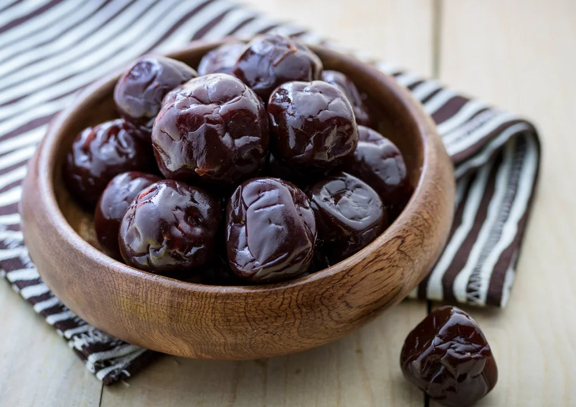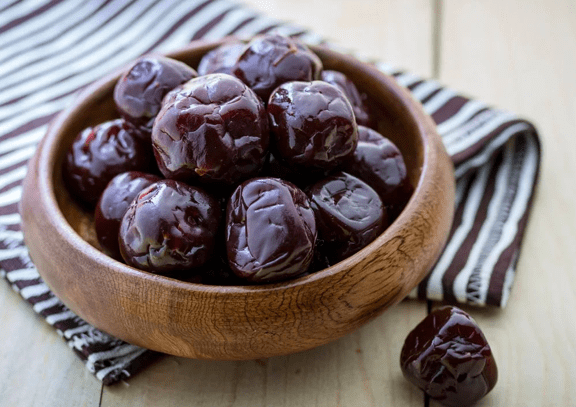At some point, 14% of people report having persistent constipation.
Less than three bowel movements per week, straining, lumpy or hard stools, a sense of incomplete evacuation, feeling blocked, or not being able to pass a stool are all symptoms.
Symptoms might vary in nature and severity from person to person. Constipation can be a chronic condition for some people while it only occurs infrequently for others.
There are several reasons why people get constipation, but the slow passage of food through the digestive system is a common culprit.
Dehydration, a poor diet, drugs, illness, diseases of the neurological system, or mental illnesses may all contribute to this.
Fortunately, some meals can reduce constipation by bulking up the stool, softening it, speeding up gut transit, and increasing the frequency of bowel movements.
Prunes, which are dried plums, are frequently used as an all-natural constipation treatment.
Per 1/4 cup (40 grammes) serving, they have a high fibre content of almost 3 grammes. This amounts to 12% of the recommended daily intake for fibre (RDI) set by the American Heart Association.
Prunes contain cellulose, an insoluble fibre that raises the water content of the stool, giving it the potential to be more voluminous. Short-chain fatty acids are also produced during the colon’s fermentation of the soluble fibre in prunes, which can also lead to an increase in stool weight.
Prunes additionally contain sorbitol. Because this sugar alcohol is poorly absorbed by the body, water is drawn into the colon, which in some cases has a laxative effect.

Prunes additionally have phenolic chemicals, which promote good gut bacteria. This has been proposed as a factor in their laxative action (4Trusted Source).
When compared to psyllium, a form of dietary fibre, 3.5 ounces (100 grammes) of prunes were found to significantly improve stool frequency and consistency in an older research of 40 persons with chronic constipation (6Trusted Source).
Prunes can be eaten on their own or in salads, smoothies, baked products, cereals, oatmeal, and savoury stews.
Hope it helps!





